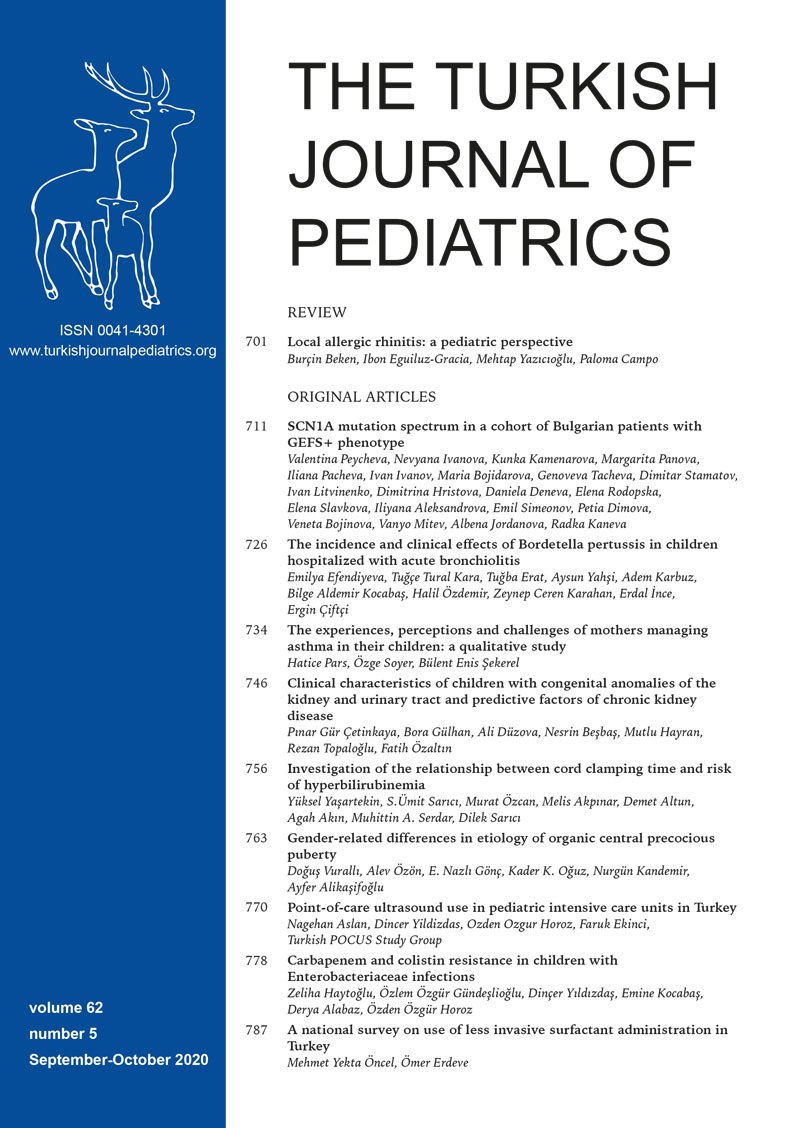Abstract
Background. Rituximab is effective for treatment of children with refractory nephrotic syndrome (NS). However, the drug may cause serum sickness characterized by fever, rash, and arthralgia 10-14 days after primary antigen exposure or within a few days after secondary antigen exposure. Rituximab may also lead to anaphylaxis. It is important to recognize rituximab-induced serum sickness (RISS) clinically, as it may mimic various infectious or vasculitic diseases.
Case. A six-year-old male with NS treated with rituximab presented with diffuse arthralgia and myalgia eight days after the first dose. He developed an urticarial rash and arthralgia one week after the second dose, while he had swelling of lips and periorbital regions, choking sensation and erythematous rash in whole body within minutes after the third dose of rituximab. The first two reactions resemble typical serum sickness whereas the third reaction seem to be an anaphylaxis/anaphylactoid reaction.
Conclusions. Although rituximab-induced serum sickness is typically self-limited, further infusions of rituximab should be avoided as it may provoke more severe symptoms. Most of the previous reported cases of RISS are patients with autoimmune or hematologic disorders. We present the first pediatric case with membranous nephropathy and RISS. The patient also developed anaphylactoid reaction during the third rituximab infusion.
Keywords: anaphylaxis, nephrotic syndrome, rituximab, serum sickness
Copyright and license
Copyright © 2020 The Author(s). This is an open access article distributed under the Creative Commons Attribution License (CC BY), which permits unrestricted use, distribution, and reproduction in any medium or format, provided the original work is properly cited.














